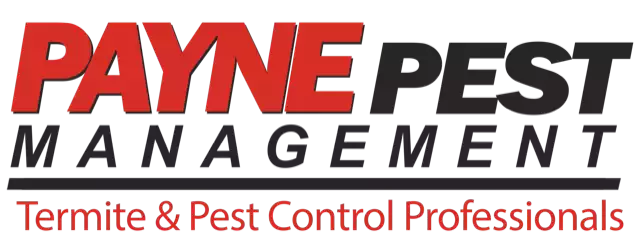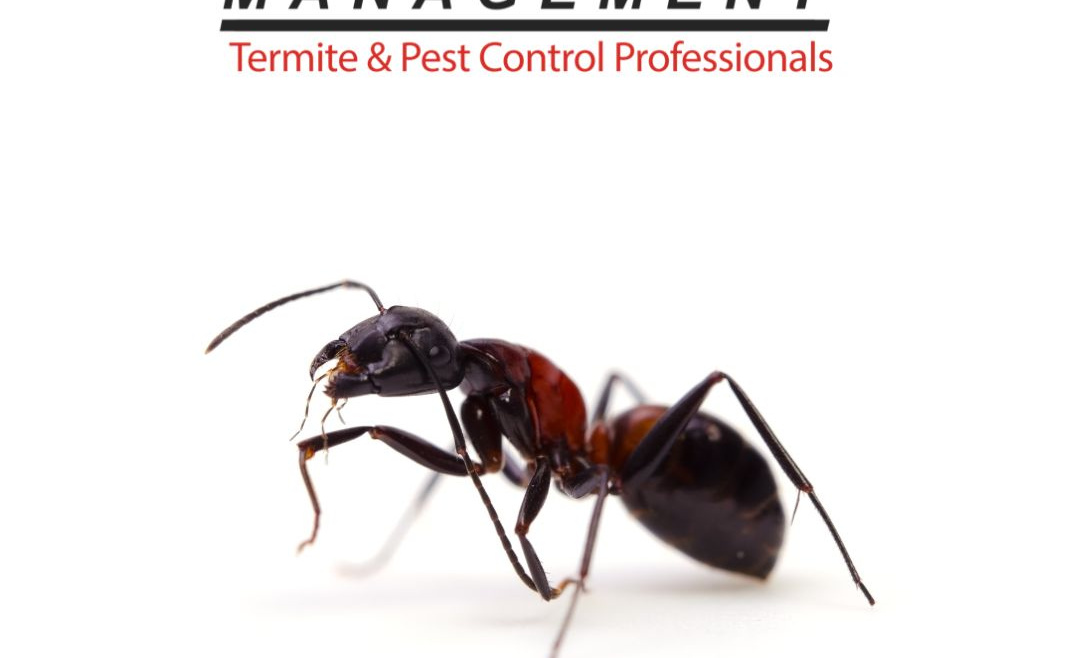Southern California is known for its year-round sunshine, but it’s also home to a myriad of ant species that thrive in the region’s temperate climate. For homeowners, this means being vigilant about ant infestations is not just a spring or summer activity—it’s a year-round concern. Understanding which species might be making themselves at home in your personal haven is the first step to safeguarding your peace and property.
In this comprehensive guide, we’ll take an in-depth look at some of the most common ant species found in Southern California, their identifying traits, nesting habits, and most importantly, how to manage and prevent infestations effectively.
The Invasion: Species Profiles
As diverse as the landscape they inhabit, the ants of Southern California come in various shapes, sizes, and behaviors. Let’s delve into the profiles of a few notorious species that often find their way into local homes.
Argentine Ants: The Invisible Army
Argentine ants, known for their resilience and ability to form supercolonies, are among the most pervasive ants in Southern California. Their small size and light to dark brown coloration make them difficult to spot until they’ve established substantial numbers. Indoors, they often trail along electrical wires, making them hard to eradicate without professional help.
Carpenter Ants: The Wood Destroyers
Carpenter ants are the largest ant species in Southern California, with the quintessential black color and reddish-brown hues. They are compelling workers, capable of excavating damp or damaged wood to create their vast networks of galleries. While they do not eat wood, their presence signals structural issues and often presents a costly problem for homeowners.
Odorous House Ants: The Scent-Marking Marauders
Identified by their uneven, often heart-shaped, odorous house ants leave a signature smell when crushed, often described as a rotten coconut. They prefer to nest near moisture sources and are relentless scavengers, invading kitchens and cupboards in search of sugary or greasy foods.
Harvester Ants: The Seed Harvesters
Named for their agricultural habits, harvester ants are typically found in Southern California’s rural or suburban exteriors. They collect seeds as their primary food source and are known for their aggressive behavior if their nests are disturbed. They are more occasional intruders inside homes, but their sting is potent, making professional removal necessary.
Predicament: Spotting an Infestation
Identifying the presence of an ant infestation early can save homeowners from significant stress and potential damage to their property. By knowing what to look for, you can act swiftly to control the situation.
Visual Cues
Visible ant trails, especially those leading to a food source, can often be the most obvious sign of an infestation. However, keep an eye out for the subtler signs, such as discarded wings near windows and light fixtures, which indicate swarming activity.
Auditory Cues
In the case of larger colonies or certain species, you might hear a rustling or crackling noise within walls or wooden structures. This sound is the result of the ants’ excavation and can indicate significant wood damage.
Tactile Cues
In more severe cases, homeowners may feel a softness or “give” in wooden structures if carpenter ants are present. They can also make light rustling sounds when they disturb termites already in the wood.
Resolution: Ant Control Techniques
Controlling ant populations in and around your home requires a multi-faceted approach. Here are some strategies to deploy depending on the severity of your infestation.
Natural and DIY Solutions
For smaller and recent infestations, natural deterrents and do-it-yourself methods might be effective. These can include barriers like cinnamon or caulk to block entry points, and vinegar or citrus oil solutions to mask scent trails. These options are environmentally friendly and can be effective at repelling ants.
Commercial Baits and Traps
Strategic placement of ant baits and traps can intercept ants along their foraging trails and help in their eradication. Always ensure baits are age-appropriate if you have children or pets, and follow instructions for best results.
Professional Pest Control Services
In cases where infestations are severe or pose a structural risk, seeking the assistance of professional pest control is often the most effective and safest solution. Pest management experts can identify the species, locate the nests, and apply targeted treatment to resolve the issue.
Prevention: Staying a Step Ahead
The old adage “an ounce of prevention is worth a pound of cure” holds especially true with ant infestations. Here’s how to shore up your defenses.
Seal Entry Points
Ants can enter through the tiniest of openings. Regularly inspect and seal cracks in foundations, around windows and doors, and where utilities enter your home to make it less inviting to foraging ants.
Keep a Tidy Home
Maintaining a clean home by promptly cleaning up food crumbs, not leaving dirty dishes in the sink overnight, and storing food properly can discourage ants from establishing a foothold.
Outdoor Management
Keeping your outdoor spaces free of debris, trimming back vegetation from your home’s exterior, and addressing moisture issues immediately are keys to reducing ant attractants.
A Holistic Approach to Ant Management
Understanding the behaviors and preferences of the various ant species in Southern California is crucial for effective control. By being informed, vigilant, and proactive, homeowners can minimize the risk of ant infestations and protect their property from these resilient pests.
If you’re facing an ant problem that DIY methods can’t solve, don’t hesitate to reach out to a professional pest control service. They have the expertise and tools necessary to manage the issue and provide peace of mind.
Remember, managing ant infestations is not a one-off task but an ongoing process. Stay educated, implement preventive measures, and you’ll keep your home free from the invaders that lurk just beyond your sight.







